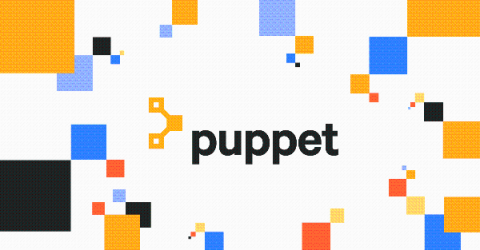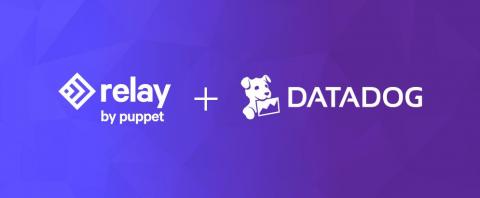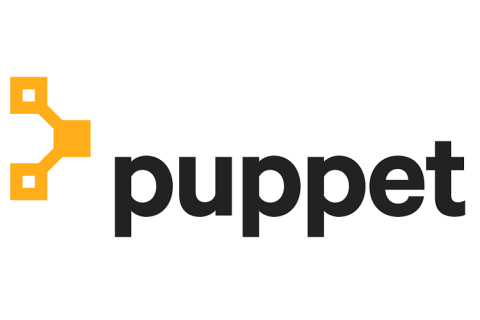Operations | Monitoring | ITSM | DevOps | Cloud
Puppet
Datadog and Relay for Incident Response
Datadog is an awesome tool for aggregating and visualizing the metrics that matter to you. Recently, Datadog launched a new Incident Management feature, which allows you to coordinate the activities around a problem that affected your service. In this example, I’ll walk through using Relay to roll back a Kubernetes deployment that caused a service impact, and show how the Datadog Incident timeline can keep everyone working on the incident in sync.
The Event-Driven Web is Not the Future
When you see a notification on your smartphone, your brain processes the request quickly and determines how to react. It’s an efficient process and your nervous system is built for this use case. By contrast, most Internet-connected systems work in a less event-driven architecture. If there’s a change in one service, you won’t know about it until you check.
Authenticate Puppet Enterprise with FreeIPA using LDAP
Using a Linux Domain controller such as Red Hat Identity Management or FreeIPA? If so then the fields are a bit different than some other LDAP interfaces, which makes it difficult for some to connect to for authentication. Here is a quick how-to on setting up Puppet Enterprise with authentication from FreeIPA. I am assuming that you already have Puppet Enterprise installed with eyaml configured. If not, then you may want to visit these prerequisites.
How to Provision Cloud Infrastructure
One of the best things about cloud computing is how it converts technical efficiencies into cost-savings. Some of those efficiencies are just part of the tool kit, like pay-per-use Lambda jobs. Good DevOps brings a lot of savings to the cloud, as well. It can smooth out high-friction state management challenges. Sprucing up how you provision cloud services, for example, speeds up deployments. That’s where treating infrastructure the same as workflows from the rest of your codebase comes in.
Pulling the Strings: Event-Driven Automation with Relay!
Eric Sorenson and Melissa Sussmann discuss Puppet’s event-driven automation platform, Relay, and how it helps clean up the “DevOps Dumping Ground” left behind from a tangled web of gitops and cloud events. Ditch your digital duct tape with a repeatable and reusable platform. Home-grown glue logic is expensive and high risk compared to the alternative.
Take Control of your DevOps Dumping Ground with Relay!
As the automation surface area grows to accommodate hundreds of interconnected APIs on the cloud, developers are using their own, home-grown “digital duct tape” to manage a growing “DevOps dumping ground”. For a lot of organizations, home-grown glue logic is inconsistent, not repeatable, and expensive to maintain hundreds of event-based workflows and thousands of combinations. We believe that the answer lies in automation workflows.
Puppet Open Sources Scenario Planning Toolkit
Puppet Delivers Innovation of Open Source Community to the Next Wave of Enterprise Infrastructure Automation
Puppet Enterprise new release offers powerful orchestration and more
As the industry leader in the DevOps space, we’re excited to share recent updates to the Puppet Enterprise platform that give infrastructure operations teams the flexibility to manage and automate more infrastructure and complex workflows in a simple yet powerful way.







